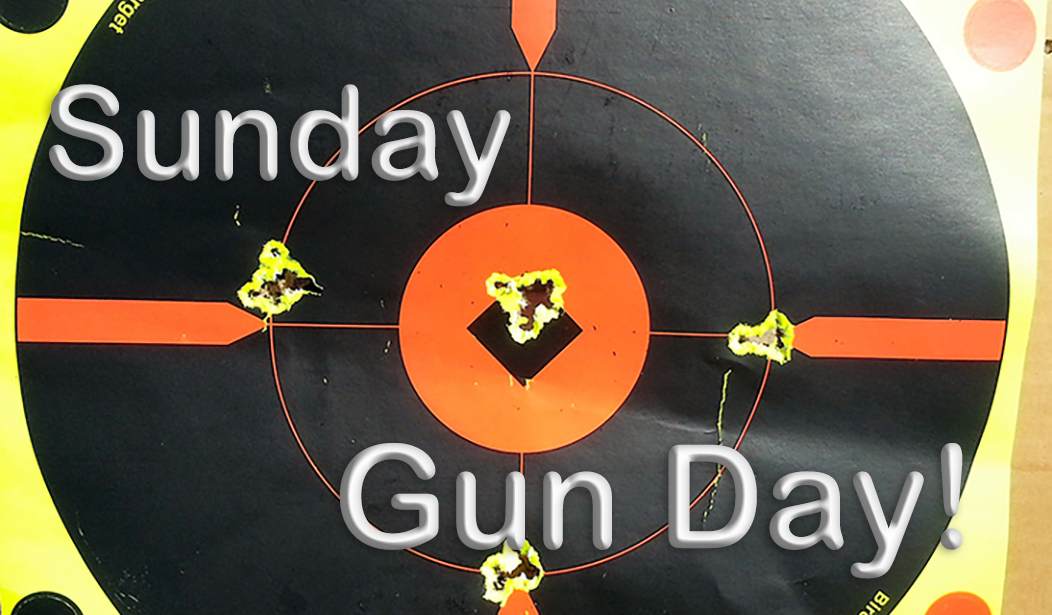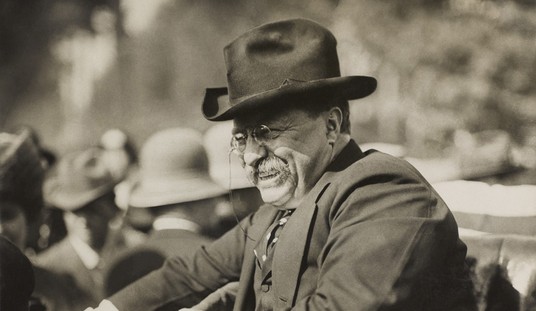The Beginning of ArmaLite
If there’s an American shooter or gun aficionado who isn’t familiar with the company Armalite, most famously known for the AR-10 and AR-15 platform rifles designed by Eugene Stoner, I can’t imagine who it might be. Maybe, if there is a gun nut who has been living in a cabin, off the grid, unconnected to civilization since, oh, the late 1950s, he may not be familiar with the Armalite name.
AR, by the way, stands for “Armalite Rifle.” Just for those folks who have been off the grid since 1952.
Everyone else knows Armalite. The AR-15 has taken the title of “America’s Rifle” away from the 1894 Winchester. It’s probably the best-selling centerfire rifle in the country right now, when you take in all the clones, copies, and replicas; almost every gun manufacturer makes some version of the AR-15. It’s a remarkable success story, and it’s one I’ve already told.
Read More: Sunday Gun Day Vol. II Ep. XLIX - Cool AR-15 Add-Ons
Sunday Gun Day Vol. II Ep. XXIV - Two Great Gun Designers and What Happened When They Met
But the AR-10 and AR-15 weren’t the first products of Armalite. That title goes to a rifle that wasn’t anything like the two famous examples of Mr. Stoner’s work. In fact, in the case of that very first Armalite rifle, Mr. Stoner wasn’t involved at all.
The First Armalite Rifle
In 1952, two brothers-in-law, Charles Dorchester and George Sullivan, had an idea: To produce for the military and for sportsmen an ultra-light bolt-action rifle based on the tough and reliable Remington 722 bolt action. George Sullivan had some experience in lightweight materials, being a patent attorney for the Lockheed Aircraft Company. The new rifles used aluminum barrels with a steel sleeve (some of the first few examples are said to have had full aluminum barrels) and a foam-filled fiberglass stock. They managed to come up with a short-action bolt gun, initially chambered in the .257 Roberts and later in the 7.62mm NATO, that weighed under 6 pounds. That’s a featherweight if there ever was one.
They called their rifle the "Parasniper."
The Gun
When the first examples were finished, Dorchester and Sullivan took them to a guy named Richer Boutelle, then the head of Fairchild Aviation. He liked the rifle and saw commercial prospects, and so he caused the development of a new division of Fairchild: The Armalite Division. They called their ultralight bolt gun the AR-1. Production began with a Mauser action replacing the Remington.
The newly formed Armalite, run by Dorchester and Sullivan, intended to market their bolt gun to military and civilian shooters. They presumed, correctly, that soldiers and hunters alike would like a lightweight rifle like this. In either pursuit, after all, one spends far more time carrying the rifle than shooting it, so despite issues with increased recoil, the light weight can be a significant advantage.
As it happens, I have some experience with this. Back when I was dabbling in custom rifles, I put together an 18” barreled .308 on a small-ring 98 Mauser action, with a 1.5-5x scope and a slim black walnut stock with a narrow fore-arm; it weighed more than the AR-1, coming in at about seven pounds, and if you shot 20 pounds off the bench with it you felt like a mule had kicked your shoulder. And I’ve put 100 rounds in one session through my .338 Win Mag, which also recoils with some authority.But the AR-1 proved to have some issues. The Army tested the rifle in 1955, and they weren’t happy with it. The composite barrel – a steel sleeve in an aluminum body – had problems in sustained fire, as steel and aluminum expand at different rates as they heat up. This resulted in a best-case scenario where the point of impact changed dramatically, and in testing a similar barrel design in the AR-10, there was at least one catastrophic failure.
The Army rejected the AR-1. Only 25 examples of the AR-1 are known to have been built. Armalite went on to build not only the AR-10 and AR-15, but also the AR-3, a semi-auto sporter (more or less), the AR-5, a survival rifle, and the AR-9 shotgun.
What Happened Then?
The AR-1 faded into the mists of history, but the idea of a lightweight bolt gun did not. The United States armed forces never caught on to the idea of a lightweight bolt gun, or indeed a bolt gun for anything other than scout/sniper team use as a long-range proposition. This, despite the esteemed guntwist Colonel Jeff Cooper’s efforts with his Scout Rifle concept.
But today, the marketplace for lightweight, synthetic-stocked centerfire rifles is an embarrassment of riches. Rifles like Savage’s 110 Ultralight, weighing in at under 6 pounds, the Kimber Hunter Pro at 5 pounds, 9 ounces, and the Weatherby Mark V Backcountry at a little over 6 pounds. Some companies seem to have worked out the bugs in sleeved barrels, as well, using sleeves of carbon fiber, and titanium barrels are also on offer. ER Shaw offers aftermarket titanium barrels, while a company called BSF Barrels offers carbon-fiber barrels with steel liners.
So, maybe the AR-1 was just ahead of its time – or maybe the concept had to wait for better materials and better machining.
Some of the surviving AR-1 rifles can be viewed at the Springfield Armory National Historic Site in Springfield, Massachusetts. That site is, by the way, worth a visit if you’re in the area; it’s candy land for gun history buffs. Lots of prototypes and one-offs, along with examples of the guns produced there over the years.
The AR-1 may well have been ahead of its time. Maybe things might have been different if Armalite had gone after the sportsman market instead of the military, this being at a time when the M1 Garand was still in use. But for hunters? A rifle that may only be fired twice in a hunting outing won’t have the same worries about differential heating in a sleeved barrel, and even in 1955, there were probably plenty of hunters who would have jumped at a 6-pound .308.
Hindsight, of course, is always 20-20.
Armalite went on to do great things, primarily with the AR-10 and AR-15 platforms, along with lesser-known pieces like the AR-180. The company carrying that name now, we should note, isn’t the original, but they still sell the same products. And they seem to be doing very well with them.
As long as we can keep gun-grabbing politicians in check, hopefully, Armalite will be in business for many years yet. Maybe they’ll even revisit the notion of an ultralight bolt gun.













